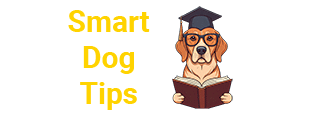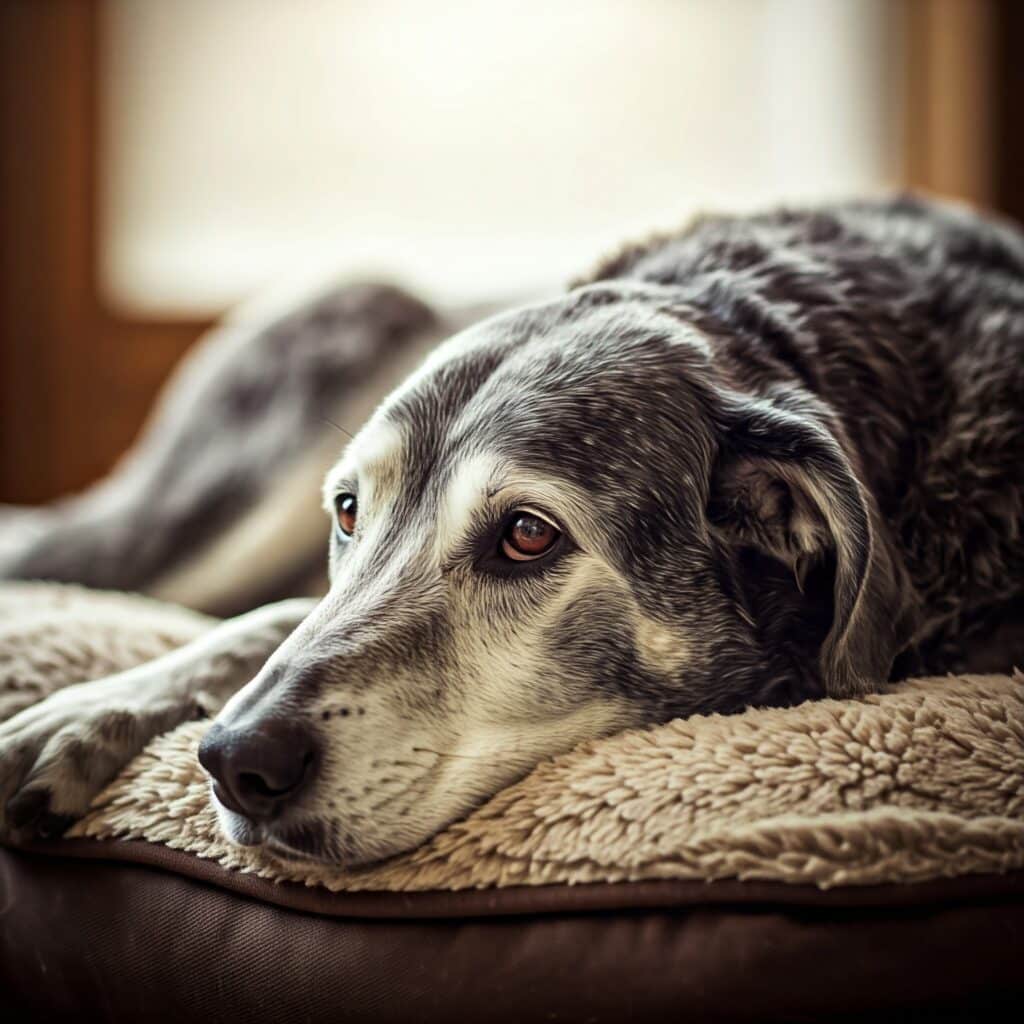Dogs are beloved members of many families, providing companionship, protection, and unconditional love. As much as we cherish our furry friends, it’s important to remember that dogs, like people, can suffer from health issues. Recognizing common dog health problems early on can prevent them from becoming serious, ensuring your dog lives a long and happy life.
In this article, we’ll explore some of the most common dog health problems, their symptoms, causes, and preventive measures you can take to keep your dog healthy.
1. Obesity
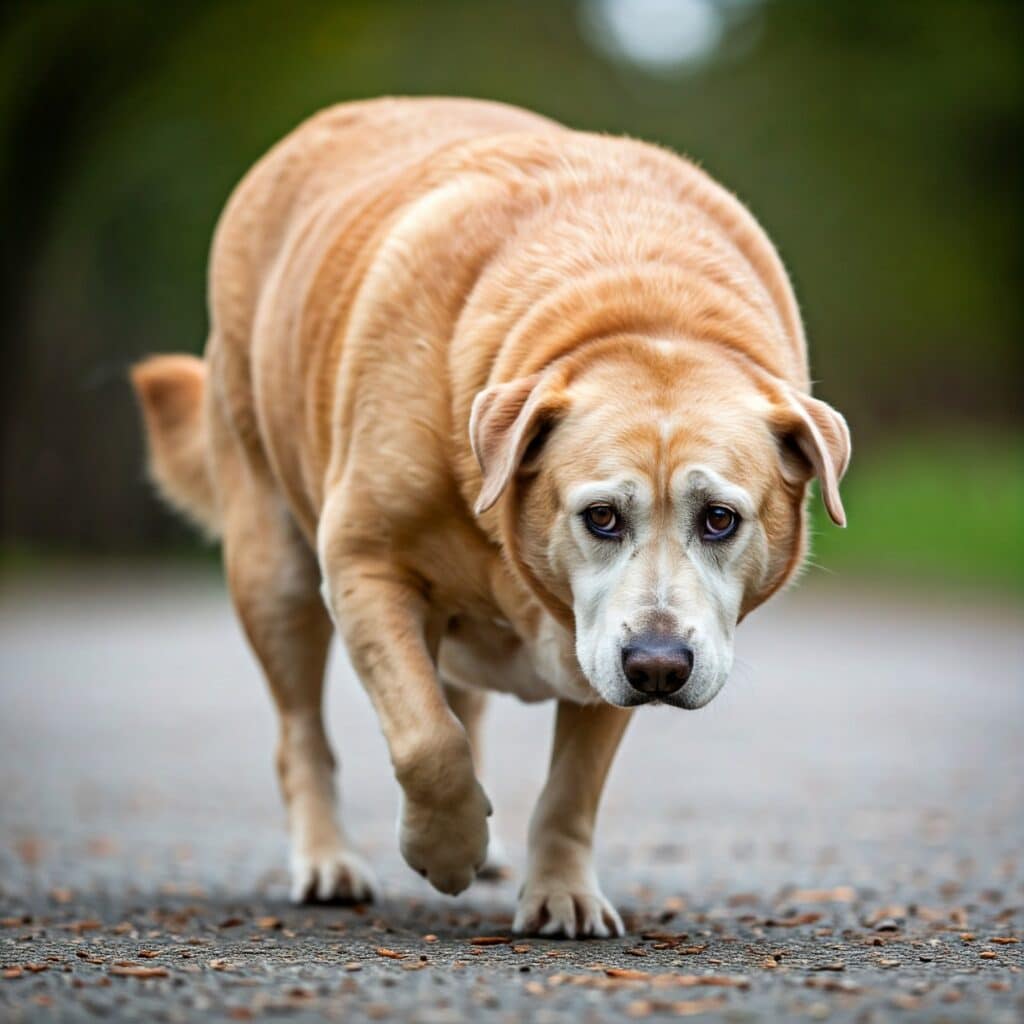
Obesity is one of the most prevalent health problems affecting dogs today. It’s estimated that nearly 60% of dogs in the United States are overweight or obese. Excess weight puts added stress on a dog’s joints, heart, and respiratory system, and it can lead to several other health complications, including diabetes, arthritis, and even cancer.
Symptoms: Difficulty breathing, excessive panting, difficulty walking or playing, and visible fat deposits around the abdomen or neck.
Causes: Overfeeding, lack of exercise, and genetics.
Prevention: Feed your dog a well-balanced diet, limit treats, and ensure they get regular exercise. Talk to your vet to determine the right portion sizes for your dog, based on their age, breed, and activity level. Obesity is preventable, and managing your dog’s weight can significantly improve their quality of life.
2. Dental Disease
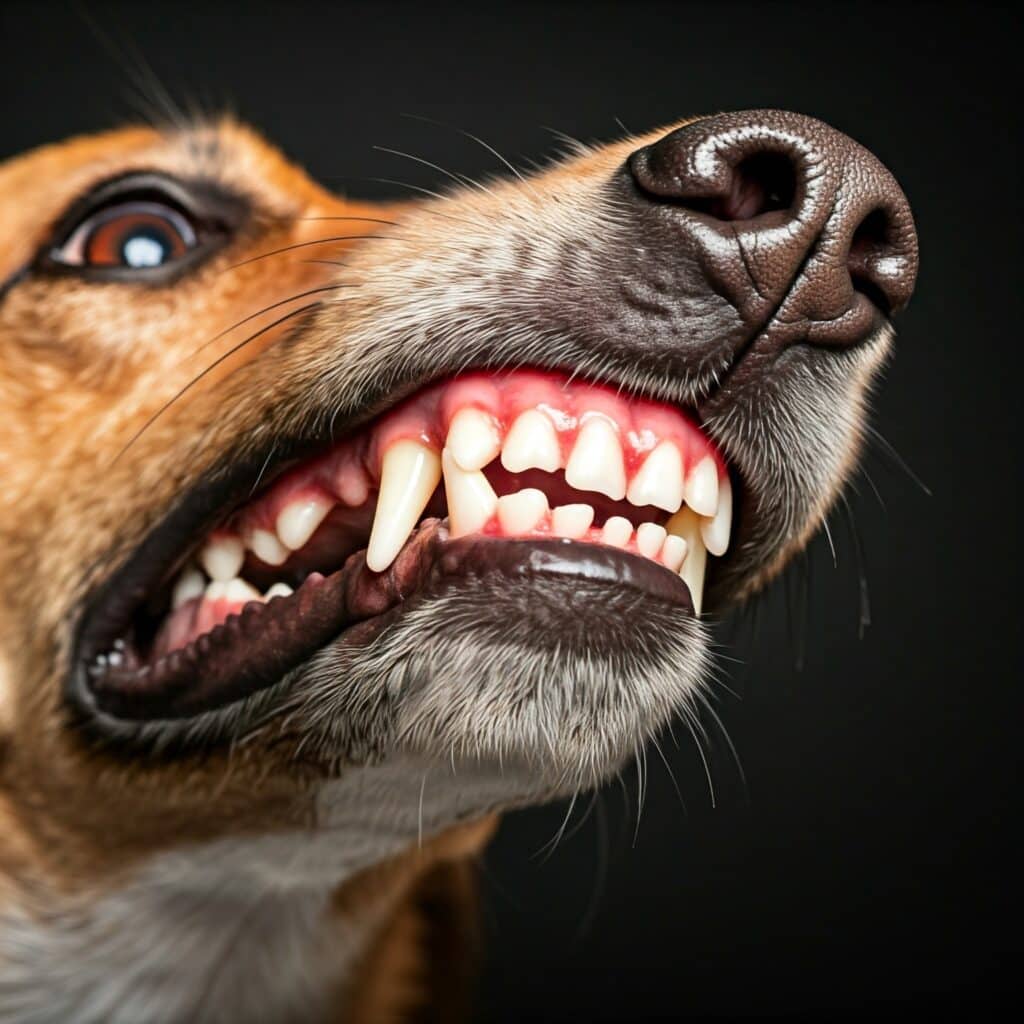
Dental disease is another common issue in dogs, with most dogs developing some form of it by the time they’re three years old. Dental health issues, such as gum disease, tooth decay, and infections, can lead to pain, bad breath, and difficulty eating. If left untreated, dental disease can also affect your dog’s organs, including the heart and kidneys.
Symptoms: Bad breath (halitosis), drooling, difficulty chewing, red or swollen gums, and yellow or brown teeth.
Causes: Poor oral hygiene, lack of regular teeth brushing, and a diet that doesn’t support dental health.
Prevention: Regularly brush your dog’s teeth with dog-friendly toothpaste, provide dental chews, and feed them quality food that supports oral health. Annual vet checkups should include a dental exam to catch issues early.
3. Arthritis and Joint Problems
Arthritis is a common issue, especially for older dogs. It’s a degenerative condition that causes inflammation and pain in the joints, often affecting the hips, knees, and elbows. Larger breeds, such as German Shepherds, Labradors, and Golden Retrievers, are particularly prone to joint problems, but arthritis can affect dogs of all sizes.
Symptoms: Lameness or limping, reluctance to move or play, stiffness, difficulty getting up, and sensitivity to touch.
Causes: Aging, genetics, injury, or developmental disorders like hip dysplasia.
Prevention: While you can’t entirely prevent arthritis, regular exercise can help keep your dog’s joints flexible. Maintain a healthy weight to reduce pressure on the joints, and consider joint supplements containing glucosamine and chondroitin. Early diagnosis and treatment can slow the progression of arthritis and improve your dog’s quality of life.
4. Ear Infections
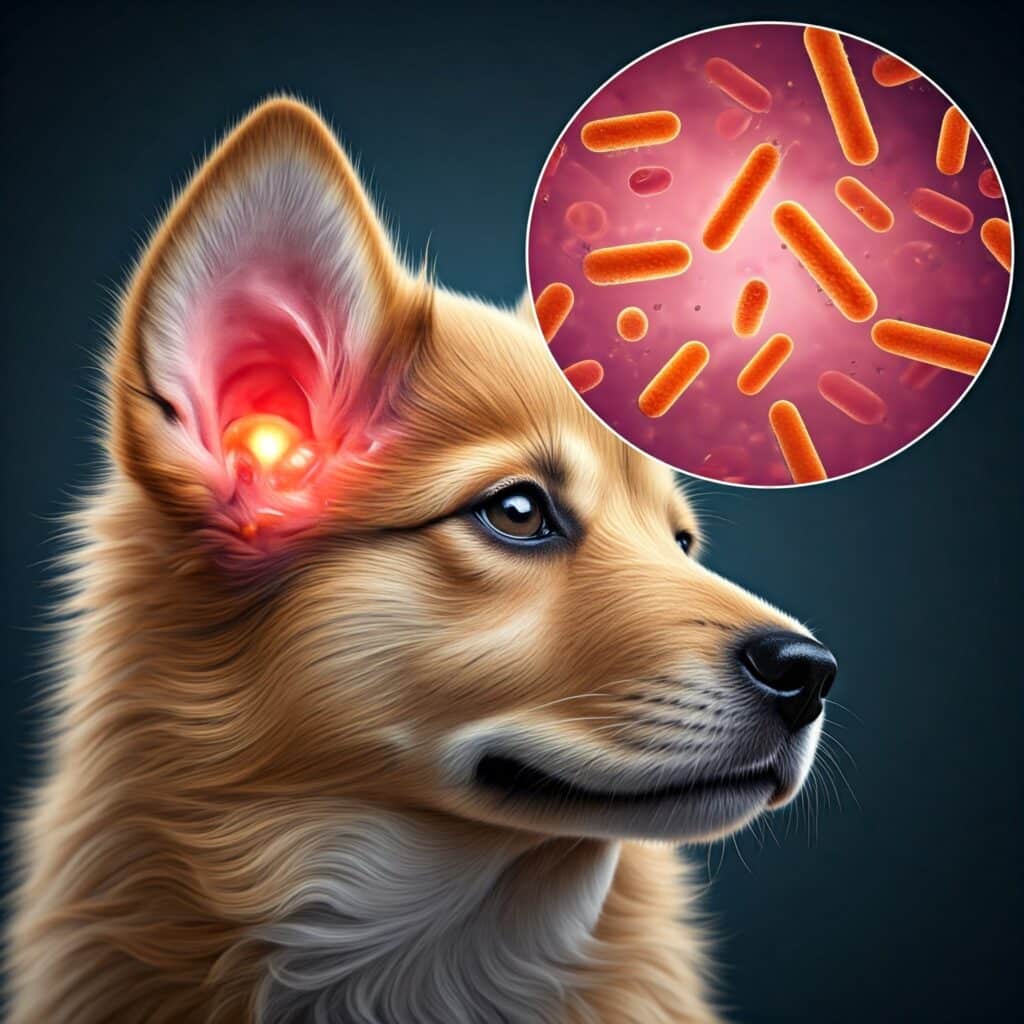
Ear infections are another common health issue in dogs, especially those with floppy ears or excessive hair in the ear canal, such as Cocker Spaniels, Poodles, and Basset Hounds. Ear infections can be caused by bacteria, yeast, or allergies and can lead to pain and discomfort for your dog.
Symptoms: Scratching at the ears, head shaking, redness or swelling in the ears, foul odor, and discharge.
Causes: Bacterial or yeast infections, moisture in the ear canal (e.g., after swimming or bathing), food or environmental allergies, or foreign objects in the ear.
Prevention: Keep your dog’s ears clean and dry, particularly if they have floppy ears. Use a vet-approved ear cleaner to remove wax buildup, and dry your dog’s ears thoroughly after they’ve been in the water. Regular checkups with the vet can help catch ear infections early before they become serious.
5. Fleas and Ticks
Fleas and ticks are external parasites that can cause a range of health problems in dogs, from itching and hair loss to more serious diseases like Lyme disease and flea allergy dermatitis. Fleas can also transmit tapeworms, while ticks can carry harmful diseases like Rocky Mountain spotted fever and ehrlichiosis.
Symptoms: Scratching, biting, or licking at the skin, hair loss, visible fleas or ticks, and inflamed or infected skin.
Causes: Exposure to other animals with fleas or ticks, particularly if your dog spends time outdoors.
Prevention: Regular use of flea and tick preventatives, such as topical treatments, collars, or oral medications, is essential for keeping your dog protected. Make sure to check your dog’s coat for ticks after outdoor activities, especially in wooded or grassy areas. Regular grooming and baths can also help spot and remove pests before they cause problems.
6. Allergies
Dogs can develop allergies to a variety of substances, including food, pollen, mold, dust mites, and flea saliva. Common signs of allergies include itching, skin irritation, and gastrointestinal upset.
Symptoms: Excessive scratching or licking, hair loss, hot spots (red, inflamed areas on the skin), ear infections, vomiting, and diarrhea.
Causes: Environmental factors like pollen or dust, food ingredients like beef, chicken, or grains, and fleas.
Prevention: If you suspect your dog has allergies, consult with your veterinarian. Allergy testing can help pinpoint the cause, and your vet may recommend a special diet, medications, or environmental changes to alleviate symptoms. Regular flea control can also prevent allergic reactions triggered by flea bites.
7. Heart Disease
Heart disease in dogs can manifest in a variety of ways, with some breeds being more susceptible than others. Conditions like dilated cardiomyopathy (DCM) or mitral valve disease affect the heart’s ability to pump blood efficiently, leading to complications like fluid buildup in the lungs, fainting, or exercise intolerance.
Symptoms: Coughing, difficulty breathing, lethargy, fainting, or a reduced ability to exercise.
Causes: Genetics, age, and certain breed predispositions (e.g., Doberman Pinschers, Boxers, and Cavalier King Charles Spaniels).
Prevention: While you can’t prevent heart disease entirely, regular veterinary checkups are important for detecting early signs. Keeping your dog at a healthy weight, limiting salt intake, and providing regular, moderate exercise can also support heart health.
8. Cancer
Cancer is a leading cause of death in older dogs. Various types of cancer can affect different parts of the body, including skin cancer, lymphoma, bone cancer, and mammary tumors. The risk of cancer increases with age, but certain breeds are more prone to specific cancers.
Symptoms: Unexplained weight loss, lumps or bumps under the skin, changes in appetite, difficulty breathing, or persistent lameness.
Causes: Genetics, environmental factors (like exposure to toxins), and age.
Prevention: While cancer can’t always be prevented, regular vet checkups can help catch tumors early. Spaying or neutering your dog can reduce the risk of certain cancers, such as mammary tumors or testicular cancer. A healthy diet, avoiding exposure to harmful chemicals, and regular exercise may also reduce the risk.
Conclusion
Taking a proactive approach to your dog’s health can make a world of difference in their overall well-being. Regular vet checkups, proper nutrition, and a healthy lifestyle can help prevent many of these common health problems, or at least catch them early when they are most treatable. By staying informed about your dog’s health needs and providing them with the care they deserve, you can help ensure they live a long, happy, and healthy life.
